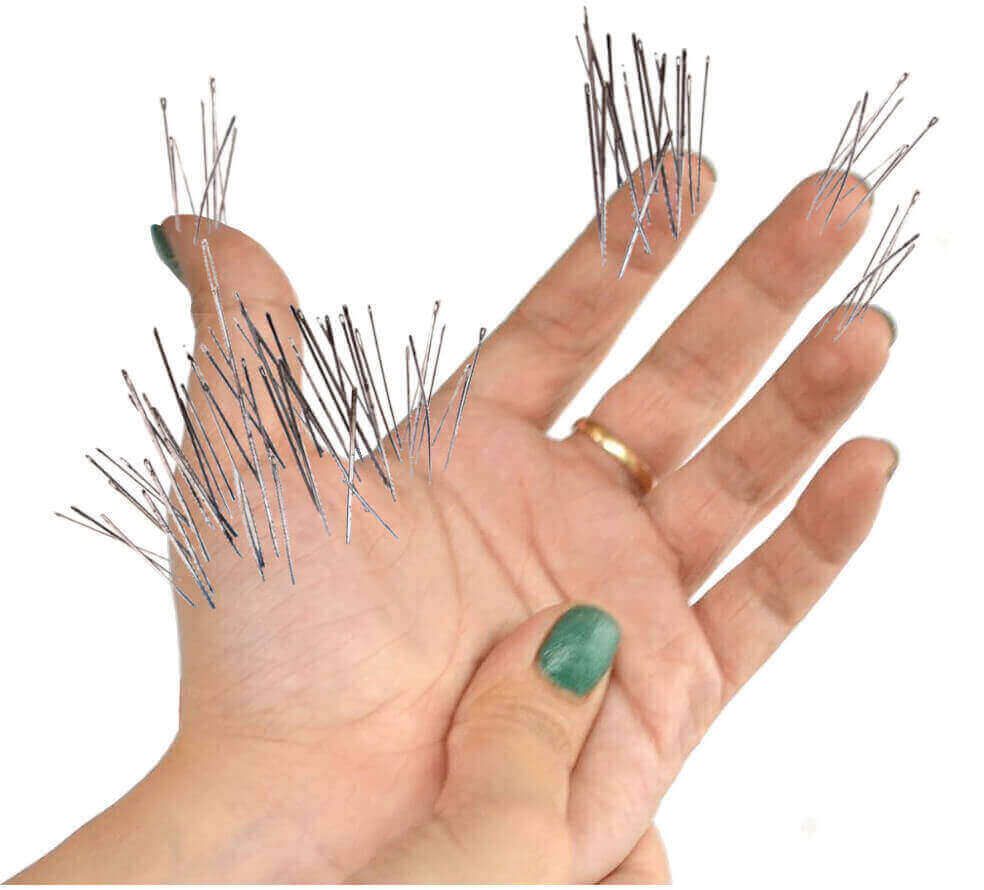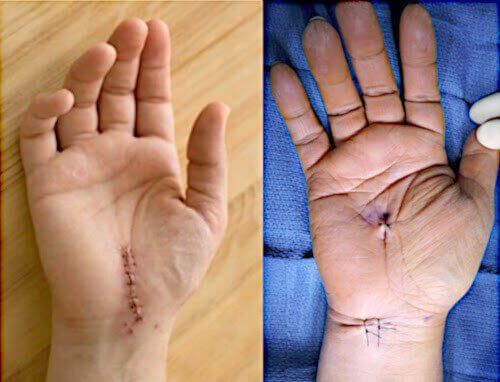Surgery for Carpal Tunnel Syndrome
Dr. M. Zannakis | The CarpalRx
Carpal tunnel surgery is performed to relieve pressure on the median nerve by cutting the ligament that forms the roof of the carpal tunnel. It’s recommended only when non-surgical treatments—such as massage therapy, bracing, or stretching—no longer provide relief. Recovery typically takes a few weeks, and most patients regain normal hand function with proper aftercare.
Introduction
When hand pain, tingling, or numbness becomes severe, you might wonder if
surgery for carpal tunnel syndrome is your only option. The truth is, surgery is usually considered a
last resort—but when it’s needed, it can successfully relieve the nerve pressure that causes chronic pain and weakness.
In this article, we’ll explain
when surgery is necessary, how the procedure works, what to expect during recovery, and which
non-surgical options should always be tried first. You’ll also learn why most doctors recommend treatments such as
CarpalRx therapy, night bracing, and stretching before considering surgery, and how these methods can often deliver the same long-term relief—without incisions or downtime.
Why your hands have a problem
Severe
pain and
numbness in your hand or fingers are primary signs of carpal tunnel syndrome. So is tingling, burning, soreness, and
loss of grip strength. Usually your thumb gets the worst of it. But the little finger is never involved.
If your hand problems are indeed from carpal tunnel syndrome, then you’re not alone. In fact, one in twenty Americans either have it or will get it. And if you're a
woman or
pregnant your chances increase several fold.
Carpal tunnel syndrome happens because of
inflamed tendons deep inside your wrist joint. Why such inflammation happens in some people and not in others is still unclear to science.
But as the tendons inflame, they swell with fluid. And as they expand, they slowly crush the
median nerve adjacent to them. As the nerve is crushed it produces the carpal tunnel symptoms you now have.
How surgery for carpal tunnel syndrome helps
There are two basic type of surgery for carpal tunnel syndrome:
Both types of surgery aim to do one thing. That is, to cut the
transverse carpal ligament holding your wrist bones together.
Doing so lets the wrist bones snap apart. This, in turn, provides more room around the swollen tendons deep inside. The result is that the median nerve is no longer crushed or under pressure - and symptoms disappear.
What the surgery involves
The endoscopic type of surgery is different from the open release type in one big way. Typically, the open release method requires a 2-3 inch long cut in your palm.
In contrast, the endoscopic method only needs two (for the
double portal
method) or just one (for the
single portal
method) small holes in your hand.
The overall advantages of endoscopic surgery for carpal tunnel syndrome are many. And due to these advantages, it's becoming more and more widely used. Increasingly more doctors are learning how to perform this procedure. And most hospitals encourage using it over the open release technique.
Pros & cons of endoscopic carpal tunnel surgery
There are several
pros and cons of endoscopic surgery for carpal tunnel syndrome compared to open release surgery. It’s important for patients to know the details about each one to discuss with their doctor.
No doubt, you’ll ask your doctor’s opinion about each technique. But also ask which surgery they’re most successful at performing - or have the most experience with.
Usually a doctor specializes in performing only one of them.
The "pros and cons" of endoscopic surgery compared to the open technique are listed below. Note that they're merely a summary. For more detailed comparisons, see
this article.
Pros
Cons
- Endoscopic surgery for carpal tunnel syndrome has a greater chance of causing nerve damage.
- Greater chance of blood vessel damage.
- Higher probability of incompletely cutting the transverse carpal ligament (which means symptoms can persist after surgery).
- Less frequently performed.
- Usually more expensive.
Conclusion: Surgery Should Be the Last Step—Not the First
Carpal tunnel surgery can be life-changing for those with severe or advanced cases, but it’s rarely the first treatment doctors recommend.
Most patients achieve lasting relief through non-surgical methods like CarpalRx therapy, nighttime bracing, stretching, and ergonomic correction.
If you do need surgery, knowing what to expect—and committing to proper aftercare—greatly improves recovery and reduces the chance of recurrence.
Whether you’re exploring your options or preparing for surgery, start with a free CarpalRx evaluation to see if you can restore normal hand function without an operation.
Early action often prevents the need for surgery altogether.
FAQs About Carpal Tunnel Surgery
1. When is carpal tunnel surgery necessary?
Surgery is typically recommended only when conservative treatments—like bracing, massage, or physical therapy—fail to relieve symptoms after several months. It’s also considered if nerve testing shows significant compression or if you have muscle weakness or wasting in the hand.
2. How long does it take to recover from carpal tunnel surgery?
Most people can resume light activities within a few days, though full recovery may take several weeks. Grip strength and flexibility return gradually, and consistent hand exercises can speed up recovery.
3. Are there risks or complications after surgery?
As with any procedure, minor risks include infection, stiffness, or scar tenderness. A small number of patients experience “pillar pain,” a temporary aching near the incision site. Choosing a skilled surgeon and following aftercare instructions minimize these risks.
About





